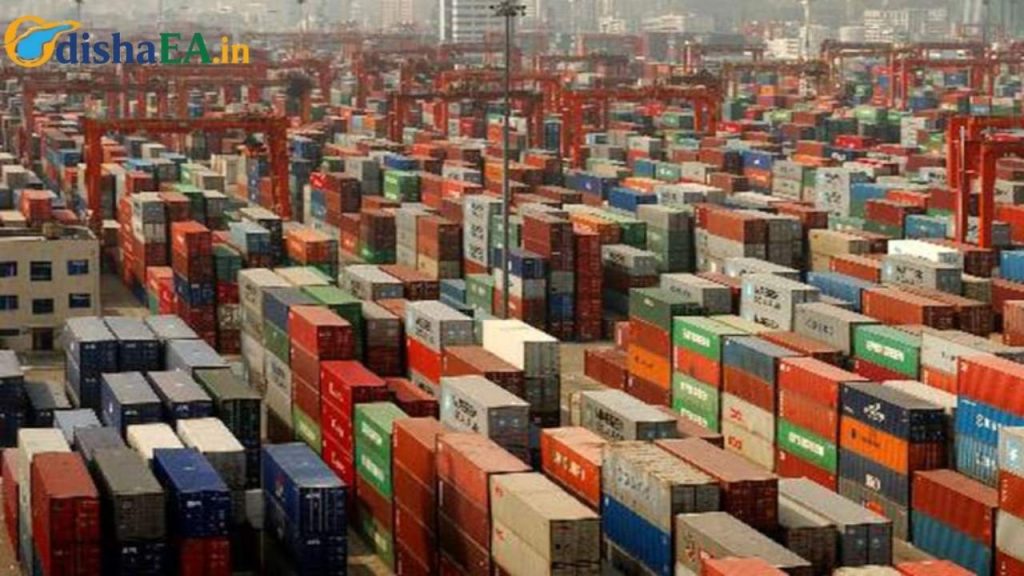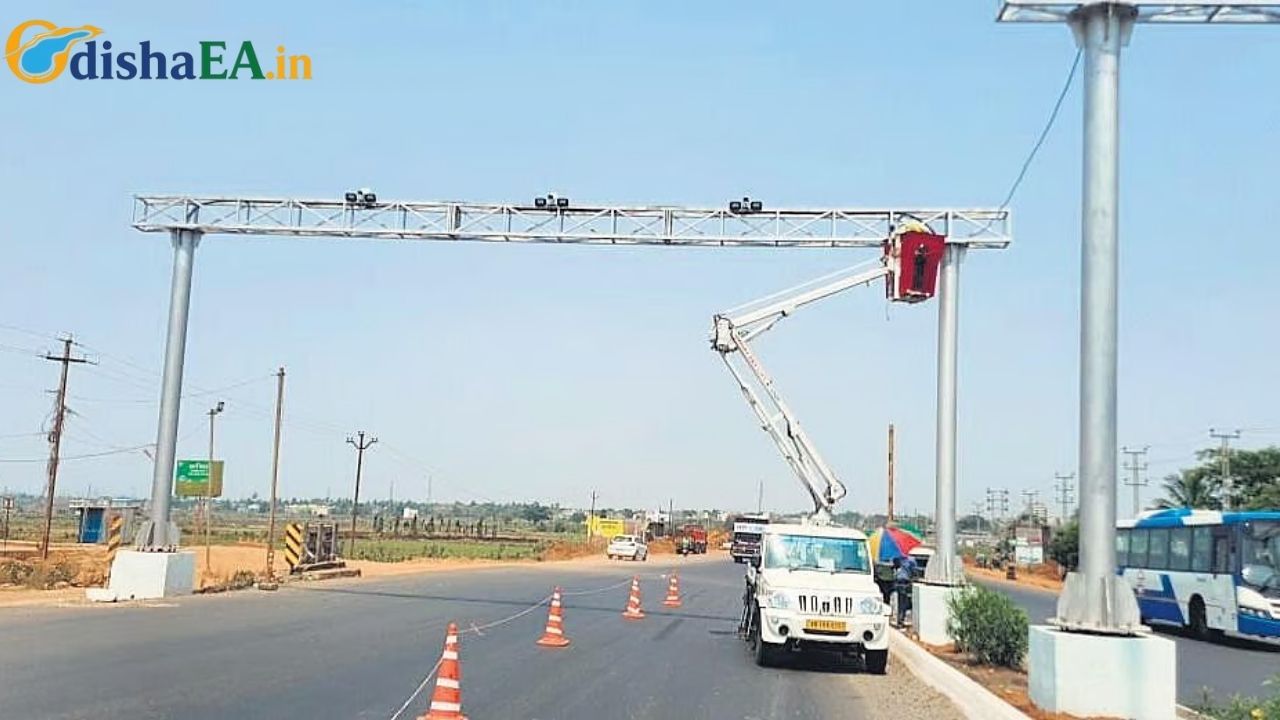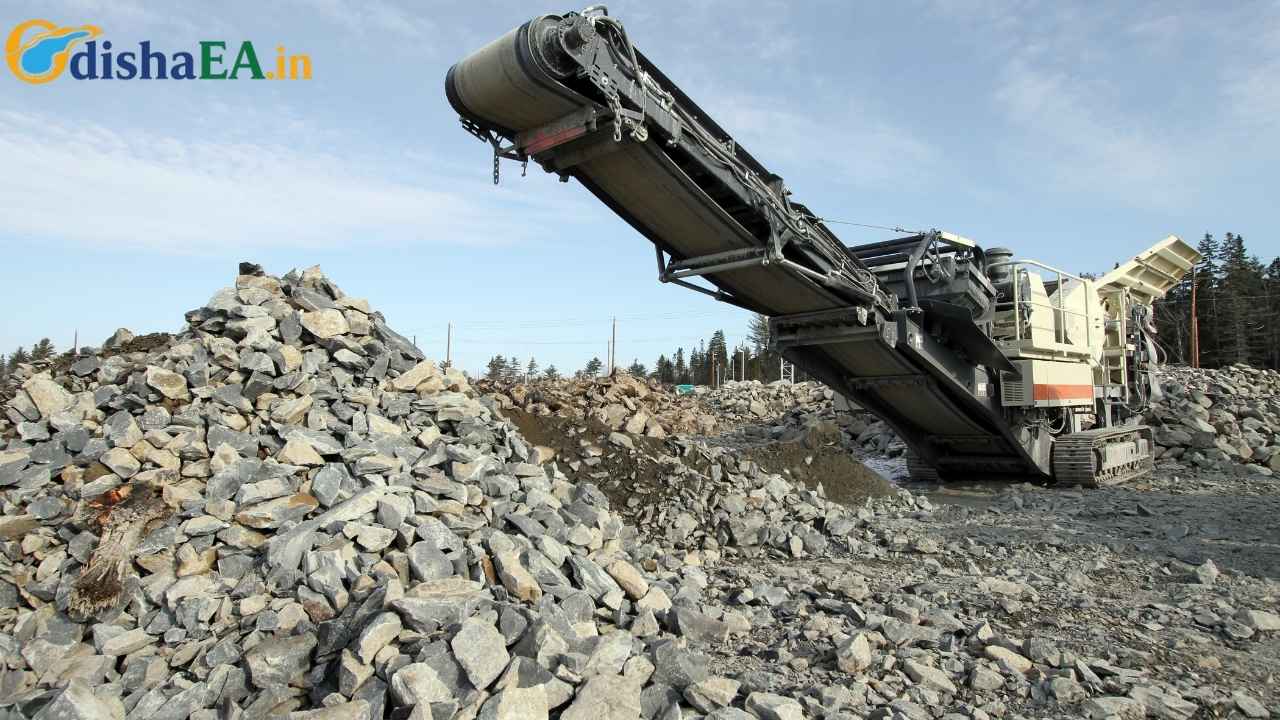When we talk about global trade, most folks picture giant ships stacked with containers, endless ports, and deals struck in boardrooms. But here’s the kicker: the heart of it all lies in how dependent a region is on what it sells. And nowhere is that more obvious right now than in Odisha, India.

Over the past four years, Odisha’s exports have plummeted by more than 40%, sliding from $17 billion in 2021–22 to around $10 billion in 2024–25 (Business Standard). That’s a serious dip, and it raises one big question: what happens when you put too many eggs in one basket—especially when that basket is made of steel, minerals, and seafood?
Odisha Export Slump of 40% in Four Years
| Factor | Details |
|---|---|
| Export Decline | From $17B (2021–22) to $10B (2024–25) (40% drop) |
| Main Commodities | Iron ore, steel, aluminium, ferroalloys, seafood Directorate General of Commercial Intelligence and Statistics |
| Global Impact | Weak Chinese demand, falling steel prices, EU environmental norms |
| Seafood Shock | U.S. tariffs raised to 60% on shrimp exports |
| Jobs at Risk | Around 1.6 million workers tied to seafood exports Marine Products Export Development Authority |
The 40% export slump in Odisha over four years is a wake-up call—not just for India but for any economy banking too hard on a narrow commodity base. From falling steel prices to crushing U.S. tariffs on seafood, Odisha’s struggles highlight how fragile growth can be when it rests on just a few pillars.
The good news? With smart diversification, better policies, and investments in human capital, Odisha has the tools to bounce back. The question is whether leaders and businesses will act fast enough to avoid deeper long-term damage.
Why Did Odisha’s Exports Tank?
1. Commodity Dependence Is a Double-Edged Sword
Odisha’s economy has long leaned on minerals like iron ore, steel, and aluminium. On paper, that sounds like a jackpot—after all, the world always needs metal, right? Well, not quite. Commodity markets are a wild ride. When demand in China dips, or when European Union climate rules make steel imports tougher, prices nosedive. That’s exactly what happened here.
Think of it like betting your whole paycheck on one NFL team making the Super Bowl. If they lose early, you’re out big time. That’s how Odisha looks right now—over-invested in just a few players.
2. Seafood: Once a Lifeline, Now Under Pressure
Seafood exports—especially Vannamei shrimp—were supposed to be Odisha’s diversification story. For years, the U.S. was a top buyer. But in 2024, Washington slapped tariffs that jacked duties up to 60%. For seafood giants like Falcon Marine Exports, shipments fell from 100 containers to just 25 in a single month. That’s like watching your favorite burger joint cut its menu in half overnight.
And here’s the kicker—this isn’t just about dollars. Nearly 16 lakh (1.6 million) people in Odisha rely on seafood exports for their livelihoods. These are farmers, processors, truck drivers, and mostly women working in coastal factories.
The Domino Effect on People and Business
- Workers Lose Jobs: With reduced shipments, companies can’t afford to keep all their staff. This hits coastal communities hardest.
- Small Businesses Get Squeezed: Farmers raising shrimp on small ponds can’t sell to exporters anymore.
- Banks Feel the Heat: Loans given to processing units risk turning into non-performing assets (NPAs).
Bottom line? The export slump isn’t just numbers in a spreadsheet—it’s families struggling to pay bills, communities shrinking, and businesses teetering on the edge.
Lessons for Odisha (And Honestly, for Anyone in Business)
1. Diversify, Diversify, Diversify
Whether you’re a state exporting billions or a freelancer trying to land clients, the golden rule is simple: don’t depend on one thing. Odisha needs to ramp up sectors like:
- Pharmaceuticals (India’s global strength)
- Engineering goods and electronics
- IT services (Odisha has talent waiting to be tapped)
- Value-added agriculture (instead of raw shrimp, think processed seafood snacks)
2. Build Resilience with Policy Support
The Odisha government has hinted at measures like interest subvention (help with loan payments) for exporters. But bigger moves are needed:
- Trade agreements to secure stable markets.
- Investment in export infrastructure like cold storage and faster ports.
- Skill training for workers so they can pivot to new industries.
3. Learn from Other States
Take Gujarat—it expanded beyond petrochemicals into chemicals, engineering goods, and IT. Or Andhra Pradesh, which invested heavily in logistics and diversified its seafood base. Odisha could pick a page from their playbook.
Guide for Export Diversification
- Identify Core Strengths Beyond Minerals – Odisha has natural beauty, a young workforce, and fertile land. That’s a solid mix for tourism, IT, and agri-business.
- Push for Global Certifications – To sell pharmaceuticals or high-end textiles abroad, certification is key.
- Encourage MSMEs (small and medium businesses) – These often innovate faster and adjust better than big corporations.
- Strengthen Market Linkages – Partner with global trade shows, e-commerce giants, and foreign chambers of commerce.
- Government + Private Sector Partnerships – Public-private collaborations can supercharge growth when the state and businesses work hand-in-hand.
Odisha Fishermen Struggle as Trump’s Tariff Raise Hits Seafood Exports
Game-Changing GST Reforms Announced: Odisha CM Promises Radical Shift in India’s Trade Landscape
Stranded at Sea for 48 Hours: The Unbelievable Survival Story of 4 Odisha Fishermen
FAQs
Q1: Why did Odisha’s exports fall so sharply?
Because the state relies heavily on commodities like steel and minerals, which suffered price crashes, and seafood, which got hit with U.S. tariffs.
Q2: Who is most affected by this slump?
Workers in seafood processing (mostly women), small shrimp farmers, exporters, and related service providers like logistics and banking.
Q3: What’s the role of global demand here?
Huge. Sluggish demand in China and stricter environmental laws in Europe drove down prices for steel and aluminium, hitting Odisha’s key exports.
Q4: Can Odisha bounce back?
Yes—but only by diversifying into sectors like IT, pharmaceuticals, and engineering goods, and by strengthening its export infrastructure.
Q5: How does this matter to the average American reader?
Great question! This story shows the real-world risks of putting all your economic chips in one basket. Whether you’re a business owner in Ohio or an investor in California, diversification is the ultimate insurance policy.





